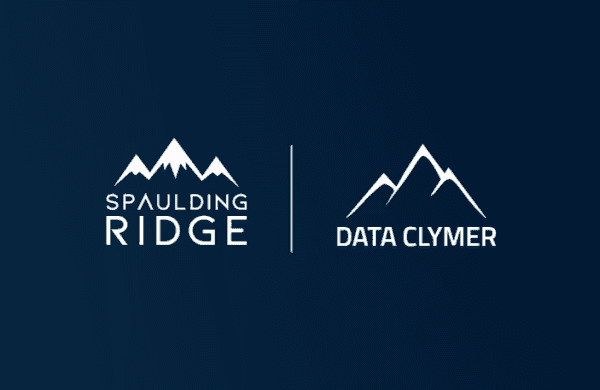Salesforce has once again proved its commitment to innovation by announcing its plan to integrate Einstein GPT and Data Cloud with its workflow automation suite. This is great news for companies looking to build automations faster to deliver personalized experiences to their end customers. This functionality will be part of a forthcoming pilot program. In this blog post, we will discuss Einstein GPT, Data Cloud, and how they connect with Flow to give enterprises the ability to use natural language prompts to create automated.
What is Einstein GPT?
Einstein GPT is Salesforce’s generative AI assistant that delivers more than 200 billion AI-powered predictions per day. With Einstein GPT, connecting data points across various sources are made easier with the conversational interface. The conversational interface simplifies the process of creating and modifying automations making it user-friendly, both technical and non-technical users can use it.
What is Salesforce Data Cloud?
Data Cloud, on the other hand, is Salesforce’s data warehouse platform that brings together data points from various sources to host unified customer profiles in real-time. Through data cloud, Salesforce has made it easier for enterprises to access data that is relevant to their business. With real-time data, businesses can make better and faster decisions and have more personalized interactions with their customers.
Salesforce Data Cloud and Einstein GPT integrated
By connecting Einstein GPT and data cloud with Flow, enterprises can now use natural language prompts to create automated workflows. By empowering Flow with Einstein GPT and data cloud, Salesforce is enabling enterprise AI for everyone. Sales leaders, technology leaders and other enterprise managers could soon have access to modern enterprise AI and tools to achieve even more productivity, efficiency, and growth.
This integration is still in the beta phase, and Salesforce plans to roll it out gradually as part of a pilot program in June. However, the possibilities that this integration brings to the table are powerful. With the ability to create workflows using natural language prompts, companies could then better optimize the associated customer experiences and deliver results that are tailored to their specific customer needs. By empowering enterprises to use natural language prompts to create automated workflows, Salesforce has made AI accessible to more users.
The beta release in June is something to anticipate, as we eagerly await the continued evolution of the Customer 360 vision from Salesforce.







